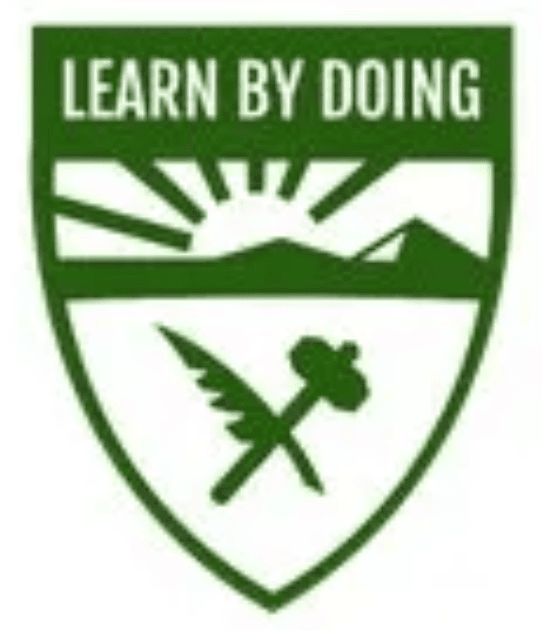2015 CWPP Update: Partnering with the Next Generation of Wildfire Leaders
The 2015 update of our Community Wildfire Protection Plan (CWPP) is well underway, bringing renewed focus to protecting our community from the ever-present threat of wildfires. This update is not just about revisiting policies and procedures. It is about building on what we have learned, addressing new challenges, and creating a living document that will better serve us now and into the future.
For those interested in reviewing the original CWPP, you can view it here:
View the 2015 CWPP (PDF)
One of the most exciting developments in this year’s update is the collaboration with students from Cal Poly San Luis Obispo’s Wildland Urban Interface (WUI) class. These students are studying fire behavior, fuels management, emergency planning, and community risk reduction. Their involvement in the CWPP update brings a fresh perspective, new energy, and the latest academic insights to our work.

The Cal Poly WUI class will assist with several key components of the final product, including:
- Hazard Assessments: Students will conduct site visits, review historical fire data, and help map areas of concern across the community. Their efforts will help ensure that our risk analysis is current, thorough, and geographically precise.
- Project Prioritization: With faculty guidance and real-world data, the students will contribute to identifying and prioritizing fuels reduction projects, evacuation planning needs, and public outreach opportunities.
- Community Engagement: Students will participate in outreach activities, gathering input from residents and stakeholders. Their work will help ensure the CWPP reflects the community’s needs, values, and vision for wildfire resilience.
- Drafting and Documentation: As part of their coursework, students will assist in compiling and drafting sections of the CWPP. Their academic training in technical writing and wildfire science will help produce a strong, well-researched document.
This partnership represents a true win-win. Our community benefits from the enthusiasm and technical skills of emerging professionals. The students gain valuable hands-on experience working directly with a community on wildfire resilience strategies. Most importantly, we are building connections between today’s wildfire safety efforts and tomorrow’s wildfire leaders.
The updated CWPP will not only meet the latest state and federal guidelines. It will also reflect a deeper understanding of our community’s unique needs, thanks to this collaboration with Cal Poly SLO. We are excited about the final product and confident it will serve as a strong foundation for future fire prevention, preparedness, and response efforts.
Stay tuned for updates as we move closer to completing this important work. A draft of the updated CWPP will be available for public review later this year.

